The history of the origin and development of wood burning
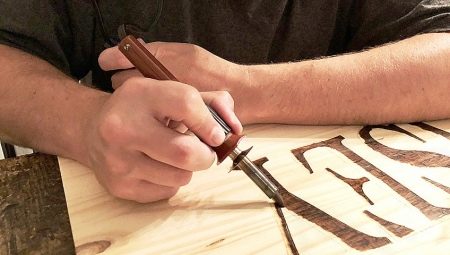
Wood is the most beautiful and pliable material to work with, since ancient times it has been used not only for practical purposes, but also as an element of decoration. Everyone knows the amazing wood carving, the technique of icon painting on the board, wooden mosaic.

Decorative wood burning takes a special place in the applied arts. Despite the fact that this direction has been known for several millennia, burning became truly accessible only in the twentieth century with the advent of a special device - a pyrograph operating on electricity. Thanks to him, anyone who wishes can do burning today.
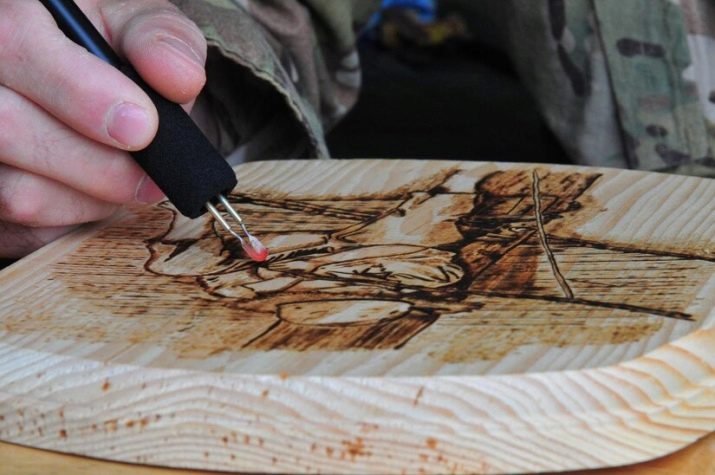
Emergence
Pyrography in translation from Greek means "writing of fire", that is, drawing with fire. Despite the antiquity of the art of burning, the term appeared in England relatively recently, in the 19th century. And in the twentieth century from its derivative came the name of the modern device for burning - the pyrograph.
Until that moment, this type of creativity did not have an intricate name, although its history goes back several millennia and covers all countries of the world.
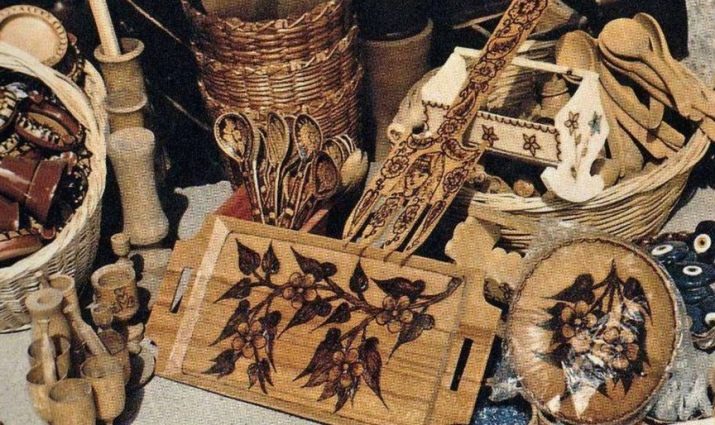
A wooden bowl of the Nazca culture was found in Peru, decorated with figurines burned on its surface. The time of the appearance of the vessel is attributed to 700 BC. NS. So far, it is the oldest representative of decorative and applied art, painted with a red-hot metal sharp object.
Some scientists believe that people began to burn wood almost immediately, as soon as they learned to melt metal. The needles and pointed rod-like elements were heated on coals, and then they were used to apply the pattern to the wood.
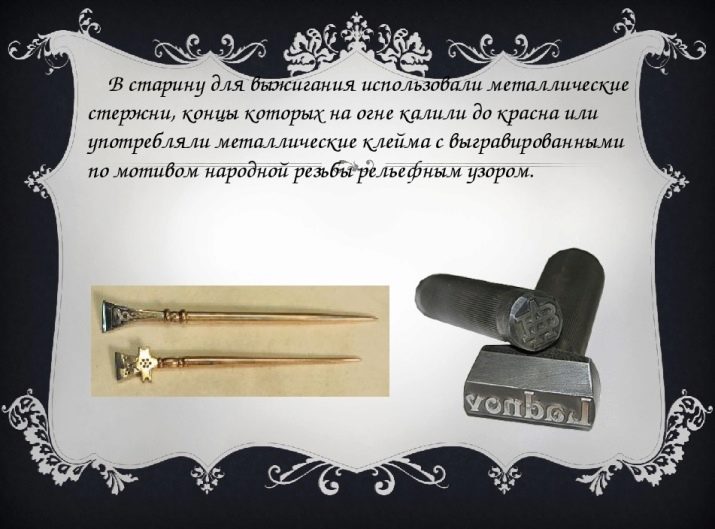
In England, even before the Victorian era, furniture was decorated with red-hot devices, which craftsmen called "hot poker". Art became widespread in medieval Europe; household items were decorated with fiery ornaments.
Wood burning was fond of artists living in different historical times - Rembrandt, Durer, Picasso, the writer Victor Hugo was often noticed for this occupation.
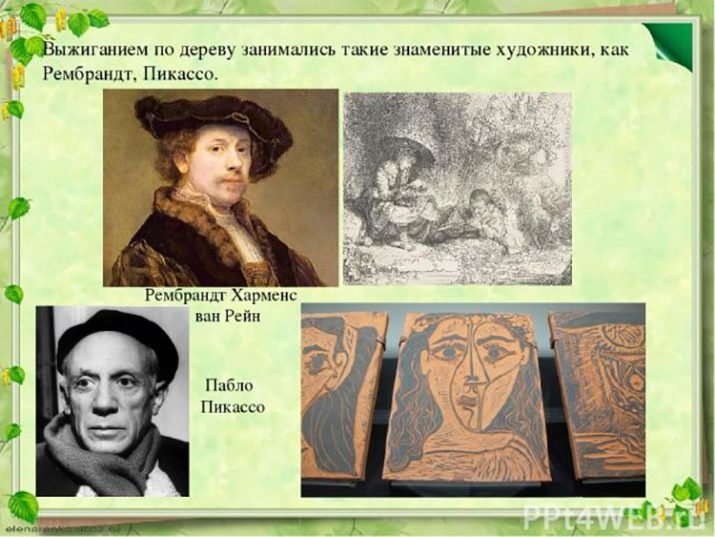
In our country, rich in forests, wood has always been the main material for construction and home improvement. Back in the 9th-10th centuries, craftsmen not only made simple utensils, but also decorated them. For burning, they first used an open fire, and then learned to draw with hot, nail-like objects with an oblique cut of the tip.
In Russia, plates, spoons, caskets, ladles were decorated. The toy masters painted their creations with "fiery" patterns, the traditional nesting dolls were especially charming.

Technological development
For thousands of years, people have been burning wood with an actually hot "nail". Until the 19th century, English craftsmen adapted ovens with holes or pots with coals for their "hot pokers". A burning attachment was put on the poker, and the handle was made of fine-fiber minerals so as not to burn yourself. Sometimes the master hired a person whose duties were to change the pokers at the stove and bring them to the artist as soon as possible.
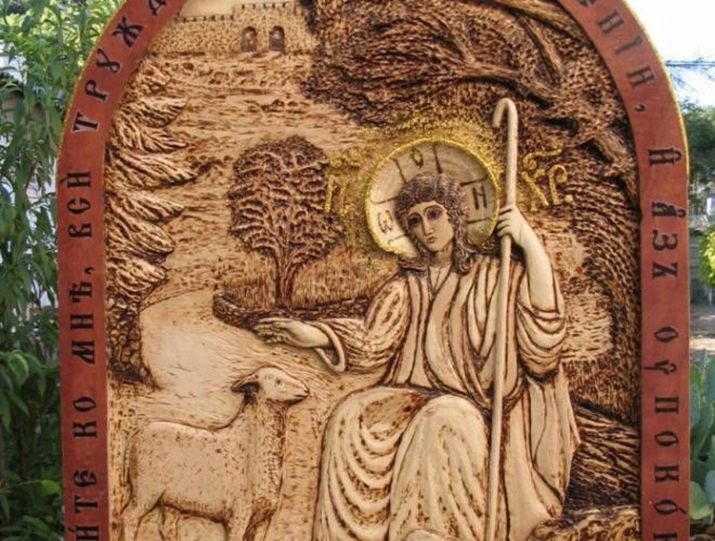
In the 19th century, the burner was improved. The needle of the device was heated by a pump that runs on gasoline. During this period, even the ladies spent their leisure time burning, they adapted to pump up the pump with one hand, and with the other they applied a pattern to a wooden surface.
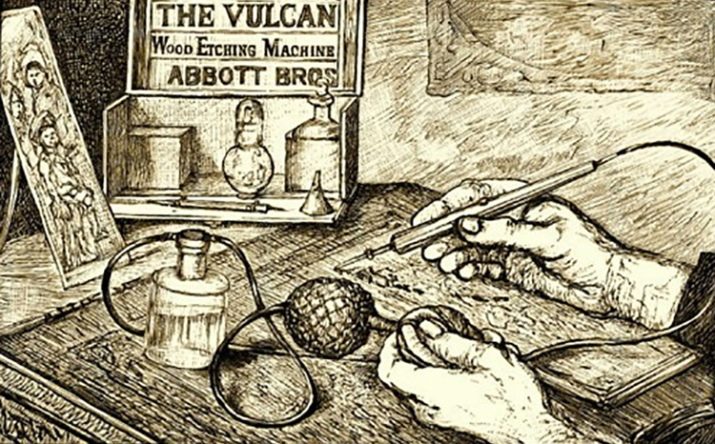
At the end of the 19th century, devices for burning became more and more perfect. One of them was a structure with a tube through which the gas mixture passed. The apparatus was used for surface firing. Alcohol burners worked almost on the same principle. During this period, the first electric ovens were used for burning.
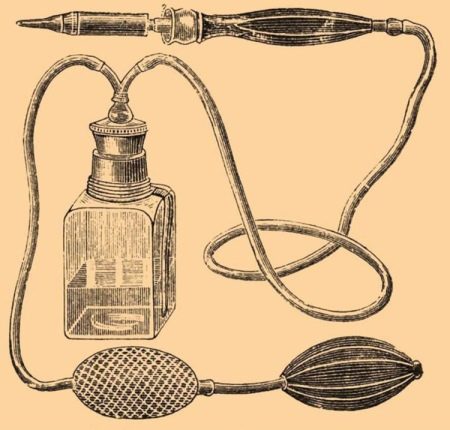
Already in the second half of the last century, an electric pyrograph was invented, the principle of operation of which resembled the operation of a soldering iron. But the design overheated and created a lot of inconvenience. A real breakthrough in wood burning technique (1962) was the invention of a 15-year-old teenager Roy Child, or rather, a successful modernization of an existing electrical device.
The new device was safe and did not suffer from overheating.
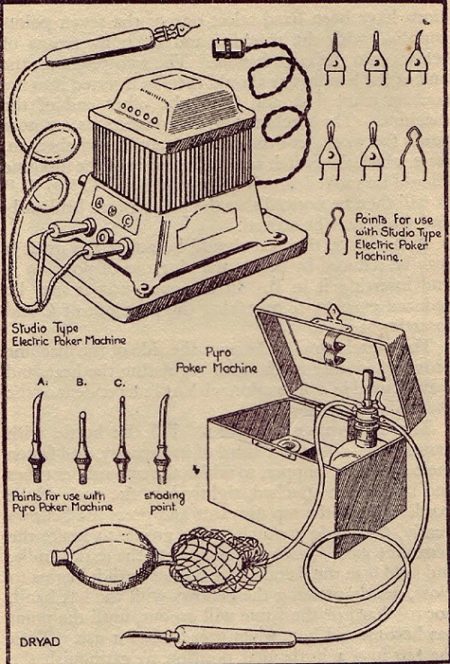
The design was taken into development for mass use. From that moment on, the creativity of wood burning truly went into the people, even schoolchildren were engaged in it, especially since the pyrograph was inexpensive. Over the next 10 years, the device was constantly improved and already resembled the design that we use today.
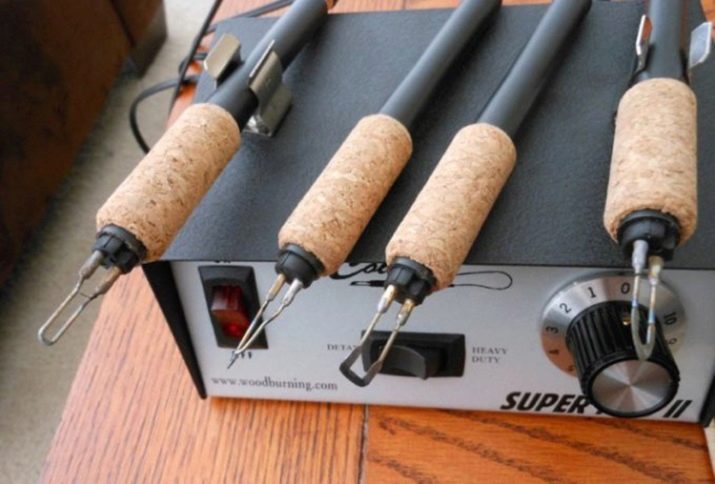
Burnout in modern times
The craft of pyrography literally means painting with fire. The methods are very different: with the help of a laser, acid, electrical appliances, gas burners, collecting lenses. Each option brings its own characteristics to the drawing technique.
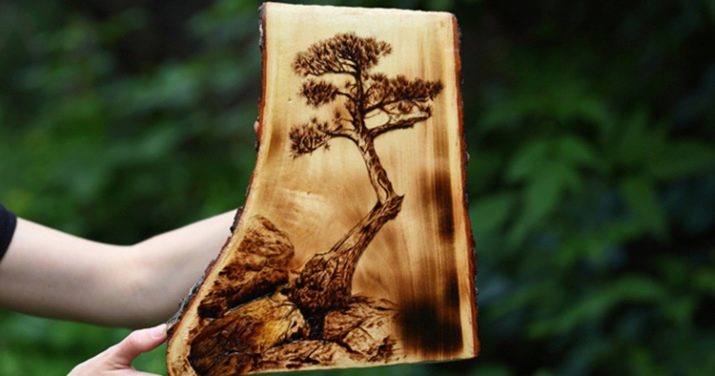
Pyrograph
An electric device for burning wood, plywood, leather and other surfaces. It is of two types.
-
Transformer. This is a powerful device with smooth temperature control and contains a nichrome attachment.
-
Soldering. The device is endowed with brass nozzles, often found without temperature control.
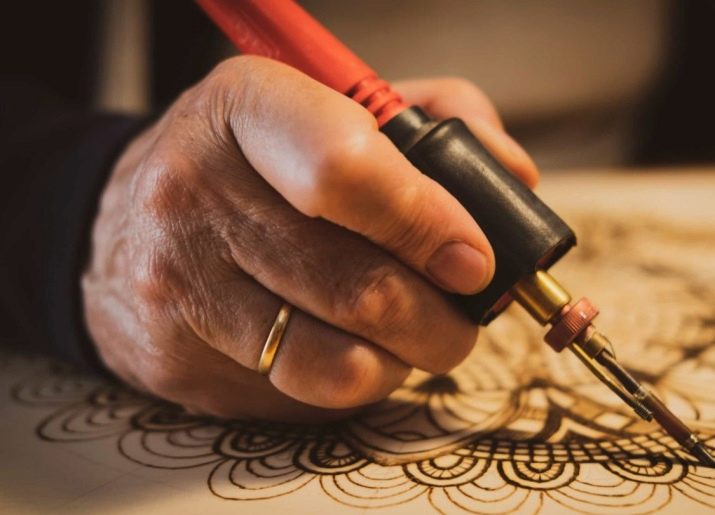
Gas-burner
It is put on a can of gas and is burned out with an open fire. The device is used to create the overall tone of the picture. Craftsmen not only cover the board with a black layer with a jet of flame, but also create different shades of the burnt surface.
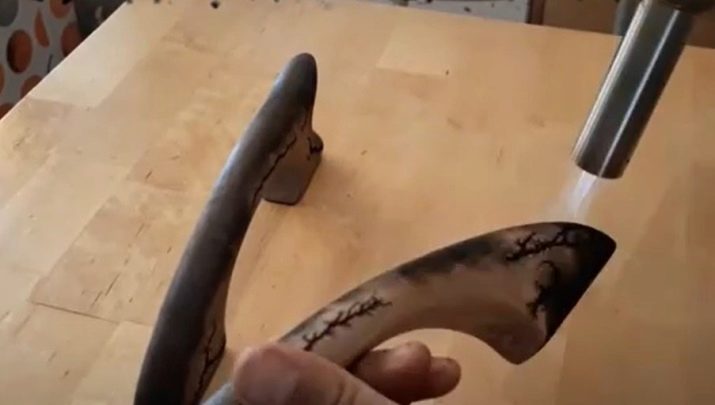
Collecting Lenses
You can work this way only on a sunny day. The lens is fixed so that it can focus the rays of the sun on a wooden surface. To create a pattern, the lens is moved along the woody sheet.
Do not use too powerful magnifying glasses, they can lead to fire.
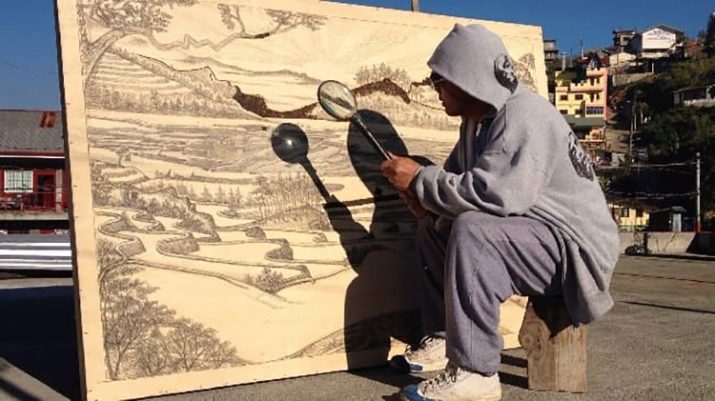
Acidic way
The pattern is burned out by exposing the wood to hydrochloric acid. For this, the work surface is covered with beeswax or paraffin, creating a protective layer for the tree. Then an image is drawn with a sharp object so that the lines of the drawing deepen to the surface of the wood. Acid is poured into these recesses.
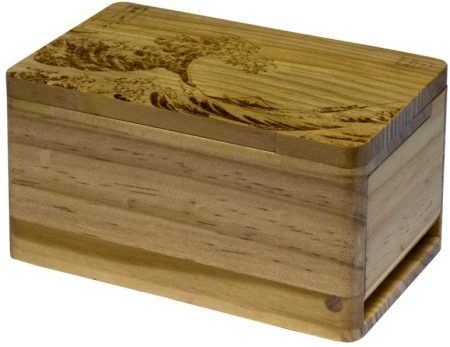
Pyrotype
With the help of the device, the drawing is applied in the form of a finished stamp under the influence of high temperatures.









